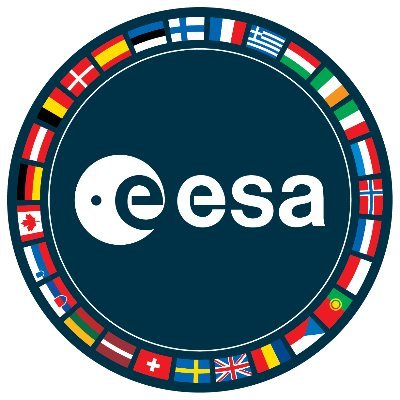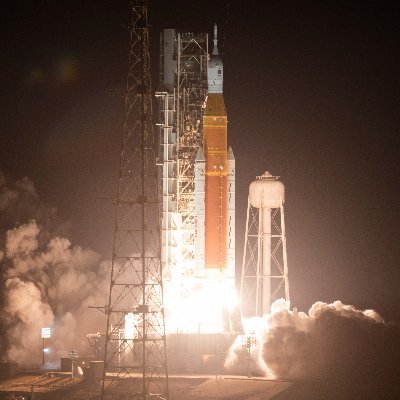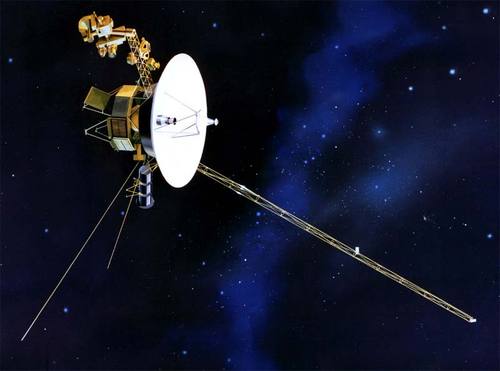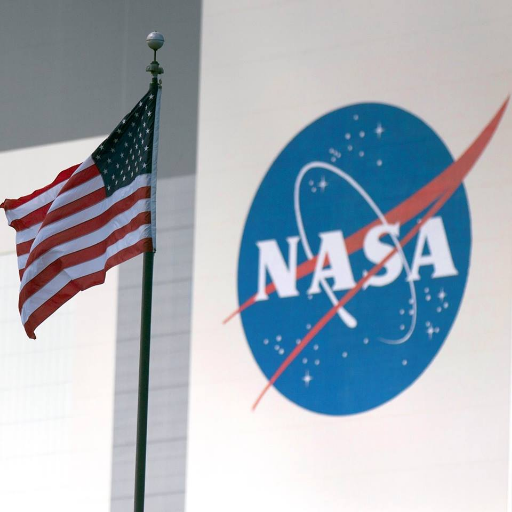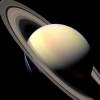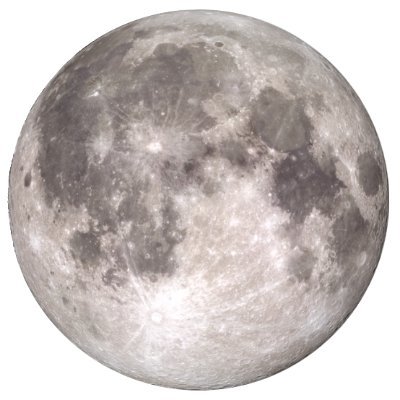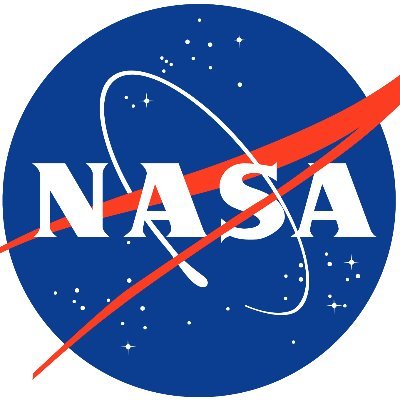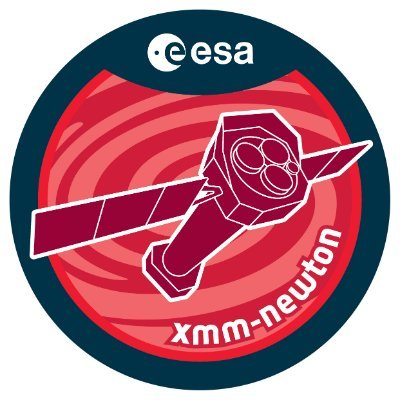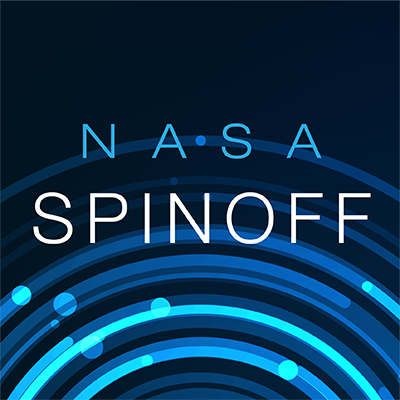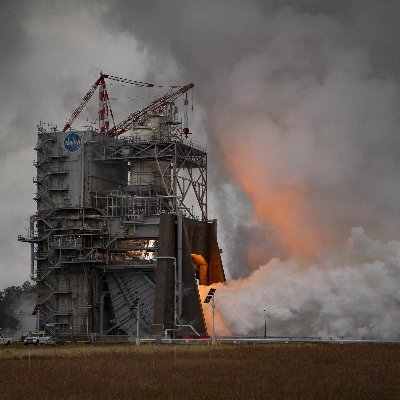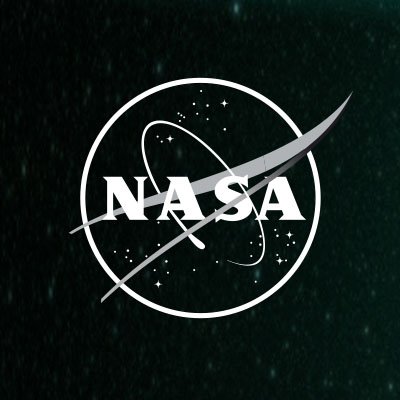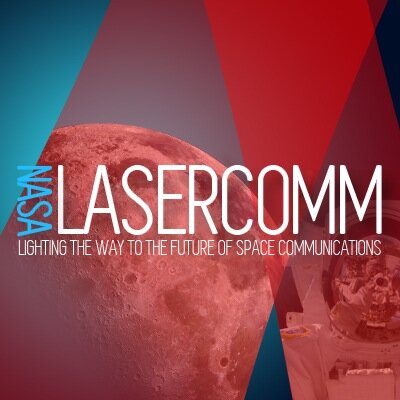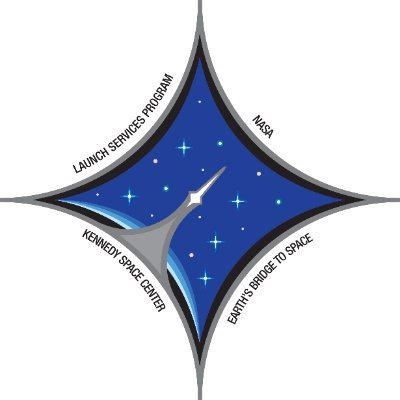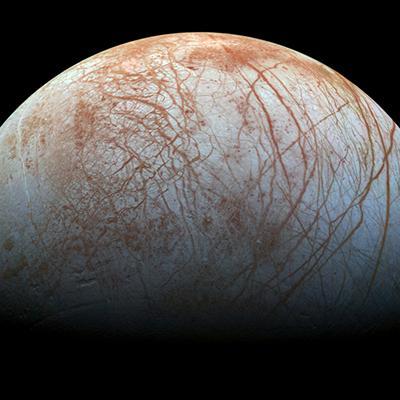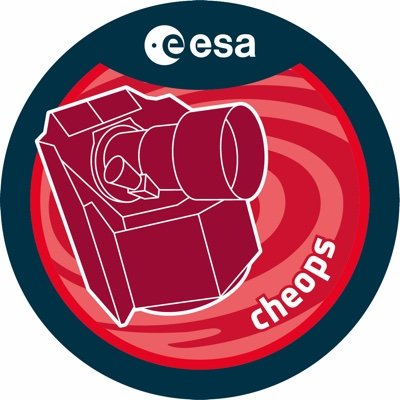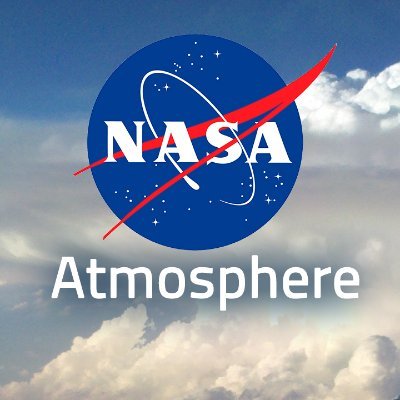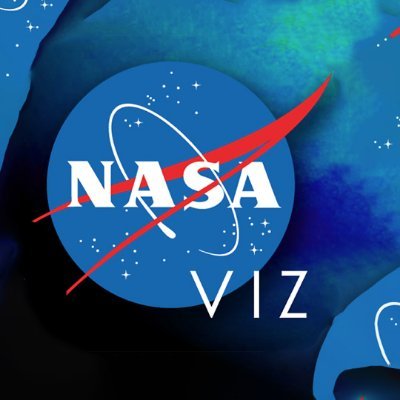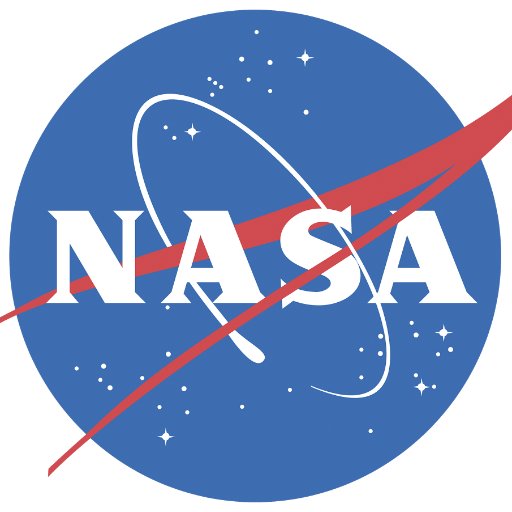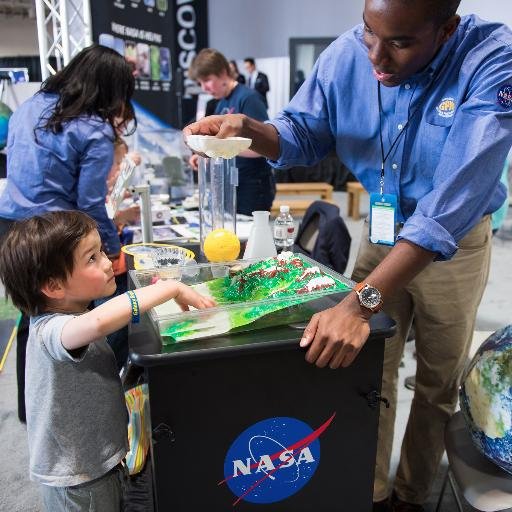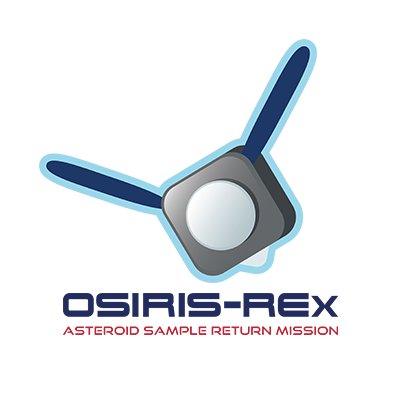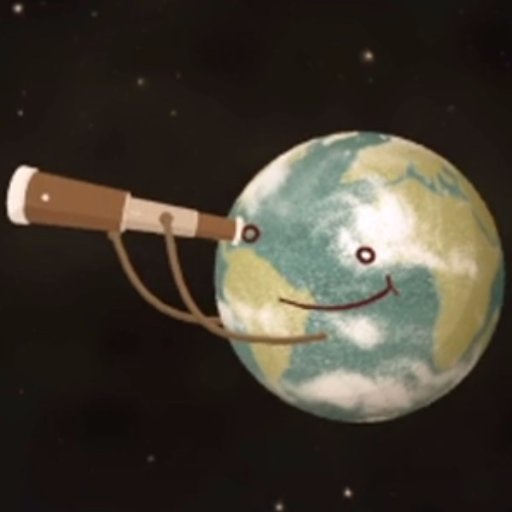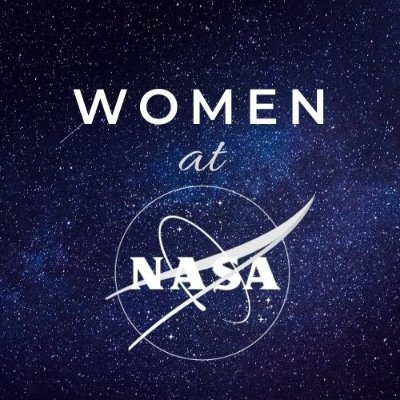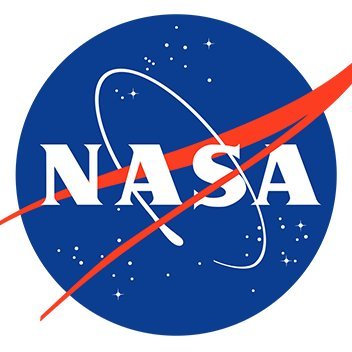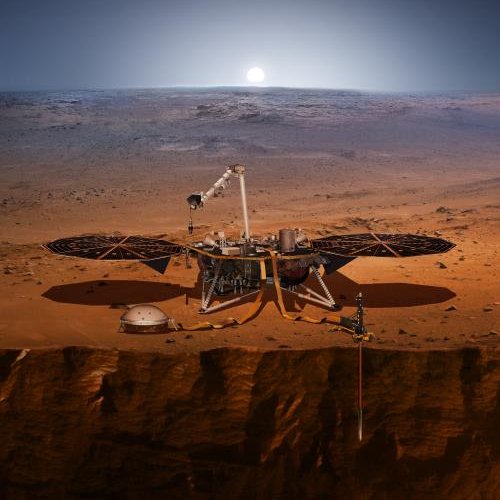
NASA Exoplanets
@NASAExoplanetsWe're the NASA team looking for – and finding – new worlds. Verification: https://t.co/s1F7QxOQnV
Similar User

@SpaceX

@NASAWebb

@NASAHubble

@NASASolarSystem

@NASAUniverse

@NASAMars

@Space_Station

@NASAEarth

@NASASun

@NASA_Johnson

@NASAJPL

@SPACEdotcom

@NASAglenn

@NASA_Langley

@NASAArmstrong
For the past six years, our TESS mission has been staring at the sky for long periods, hunting for possible planets outside our solar system. Since TESS catches changes in its view, it can also help us find and study other dynamic sources — here are a few of our favorites! 🧵
#OTD in 2018, @NASA launched the Transiting Exoplanet Survey Satellite to search for new worlds. So far, it’s discovered 432 planets and 7,138 planet candidates! go.nasa.gov/3vXUCq8 Here are some of the wondrous worlds.🧵⬇️
April is #CitSciMonth and there are lots of ways to join in. Of course, we're partial to the programs where you can discover worlds, but you do you and @DoNASAScience! go.nasa.gov/3TX4pox
Jump in and learn with the science teams of three NASA projects during the 12-Hour #OneMillionActsOfScience online Palooza, 7-10 pm ET, today! Register: bit.ly/3xGtGfi #CitSciMonth

Of 5,609 confirmed exoplanets, just 200 are thought to be terrestrial – rocky worlds like Earth and Mars. Fewer still are in their stars' habitable zones. That doesn't mean they're inhabited, of course, but we're looking! go.nasa.gov/3Ul23RP

In a cosmic ballroom 1,900 light-years away, six stars are dancing in pairs across space. All three pairs are entwined, and all six stars go through eclipses to our view. go.nasa.gov/3TZloX4

Pretty in purple 💜 Nearly 200,000 light-years from Earth, the Large Magellanic Cloud circles the Milky Way in a long and slow dance around our galaxy. Vast clouds of gas slowly collapse to form new stars. go.nasa.gov/4cVt59F

It's an honor just to be nominated (but...vote for us 😉) NASA is up for 13 #Webbys, including social media and broadcast coverage of two planetary missions - #OSIRISREx and @EuropaClipper! Here's how to vote for your favorite NASA internet moments: nasa.gov/general/nasa-r…

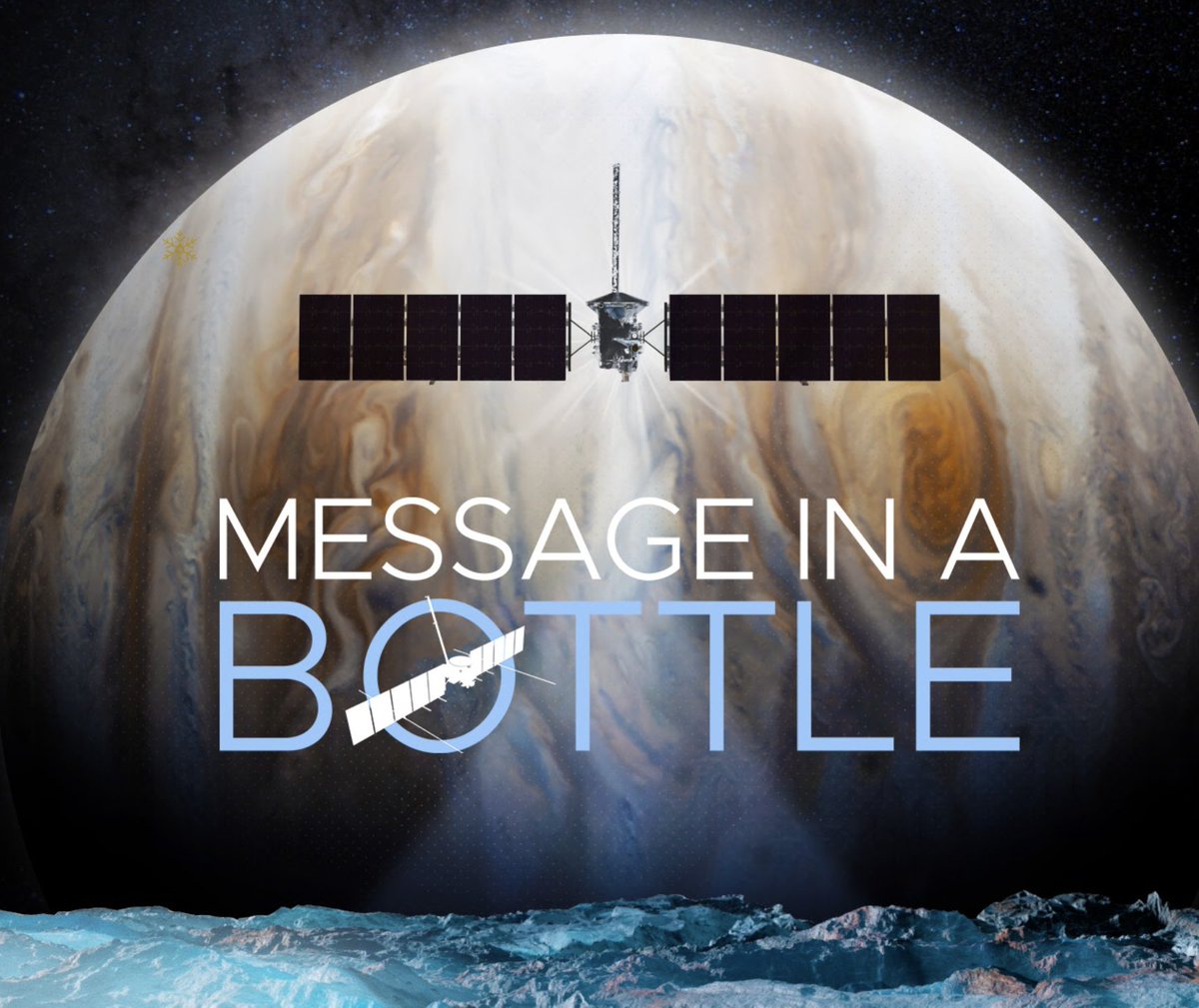
A super-Earth in the habitable zone 1,400 light-years away, Earth has a bigger, older cousin. Kepler-452 b orbits a Sun-like star in 385 days and has a temperature similar to Earth's. go.nasa.gov/4aPYzvN
Earth hasn't always been a pale blue dot. It's also been a lava-covered rock, a tropical riot of earth-shaking dinosaurs, and an Ice Age expanse where cave-dwelling humans hunted mammoths. If we're looking for another Earth, which one? go.nasa.gov/3PVaVLl

The eclipse may be over, but the sky offers wonders every day and night. Keep looking up! science.nasa.gov/skywatching/

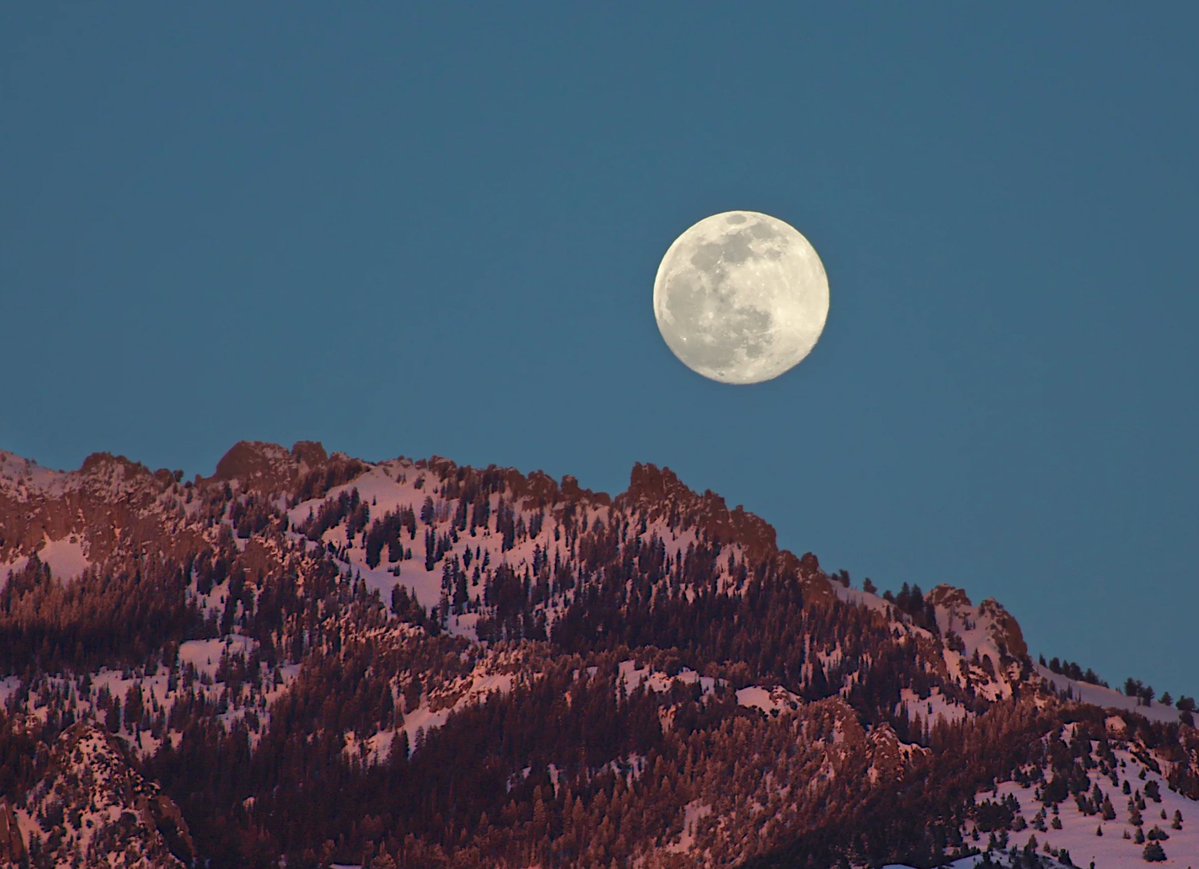
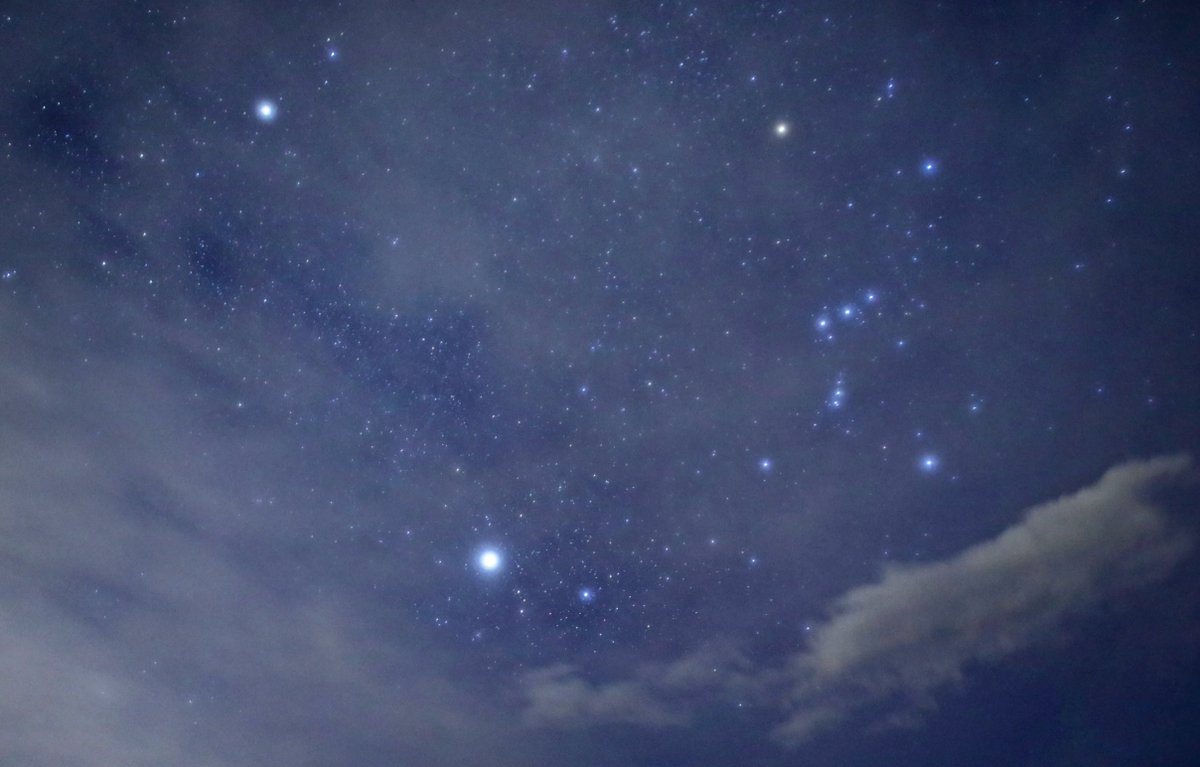
Our Sun may not look a day over 4.5 billion years old, but it's hard to date stars much farther away. Our next-gen @NASARoman will be able to help determine the ages of hundreds of thousands of stars at the center of our galaxy! 🤩 go.nasa.gov/3PSeG40

United States Trends
- 1. $CUTO 7.342 posts
- 2. Tyson 362 B posts
- 3. Laken Riley 29,5 B posts
- 4. Pence 39,5 B posts
- 5. Dora 21,2 B posts
- 6. Ticketmaster 14,6 B posts
- 7. DeFi 103 B posts
- 8. #FursuitFriday 14,8 B posts
- 9. The UK 412 B posts
- 10. Pirates 16,3 B posts
- 11. Iron Mike 14,7 B posts
- 12. Scholars 10,2 B posts
- 13. #FridayMotivation 3.814 posts
- 14. #FridayVibes 7.563 posts
- 15. Conan 21,6 B posts
- 16. Wallo 7.278 posts
- 17. Oscars 13 B posts
- 18. #FlashbackFriday 1.674 posts
- 19. #INDvSA 33,3 B posts
- 20. Phil Handy N/A
Who to follow
-
 SpaceX
SpaceX
@SpaceX -
 NASA Webb Telescope
NASA Webb Telescope
@NASAWebb -
 Hubble
Hubble
@NASAHubble -
 NASA Solar System
NASA Solar System
@NASASolarSystem -
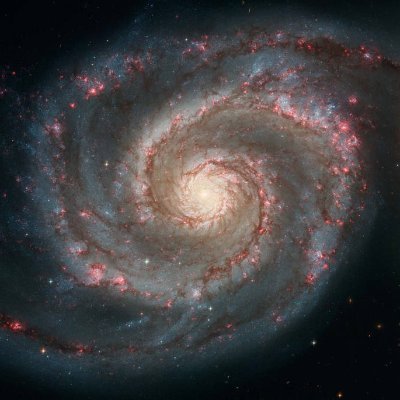 NASA Universe
NASA Universe
@NASAUniverse -
 NASA Mars
NASA Mars
@NASAMars -
 International Space Station
International Space Station
@Space_Station -
 NASA Earth
NASA Earth
@NASAEarth -
 NASA Sun & Space
NASA Sun & Space
@NASASun -
 NASA's Johnson Space Center
NASA's Johnson Space Center
@NASA_Johnson -
 NASA JPL
NASA JPL
@NASAJPL -
 SPACE.com
SPACE.com
@SPACEdotcom -
 NASA's Glenn Research Center
NASA's Glenn Research Center
@NASAglenn -
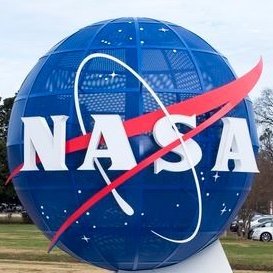 NASA Langley Research Center
NASA Langley Research Center
@NASA_Langley -
 NASA Armstrong
NASA Armstrong
@NASAArmstrong
Something went wrong.
Something went wrong.


